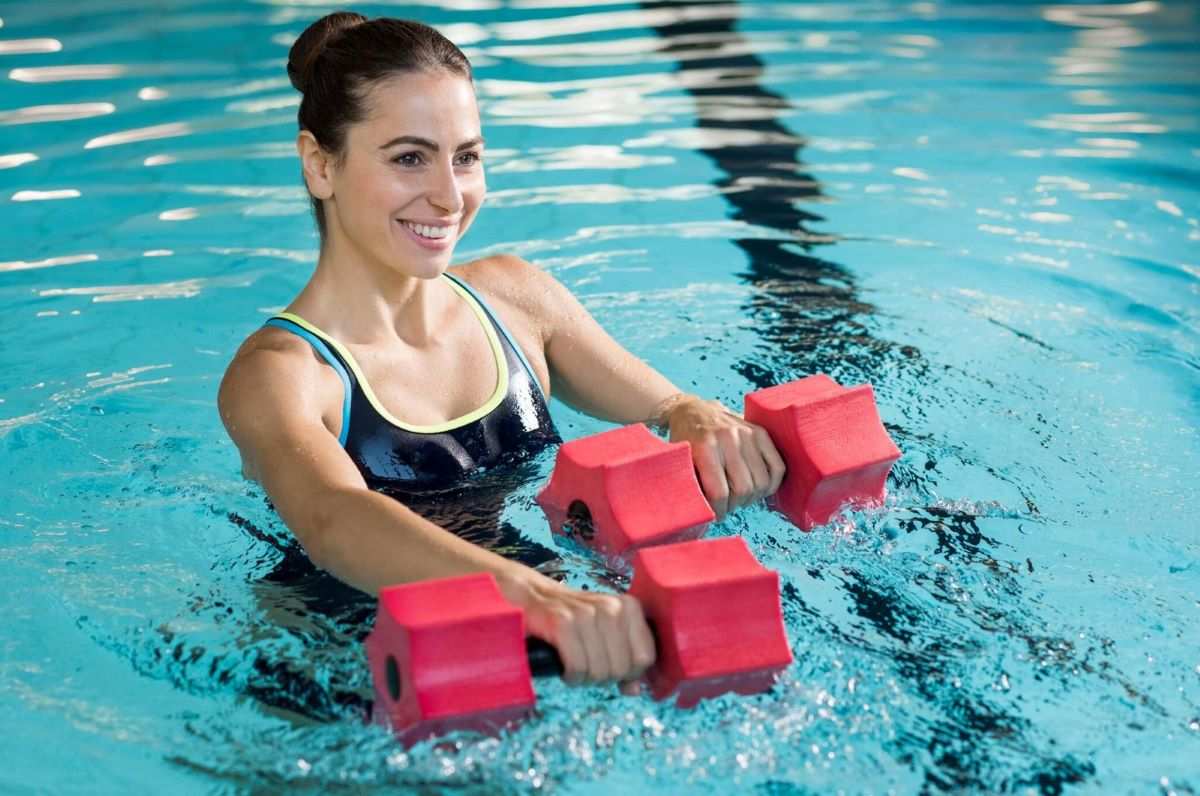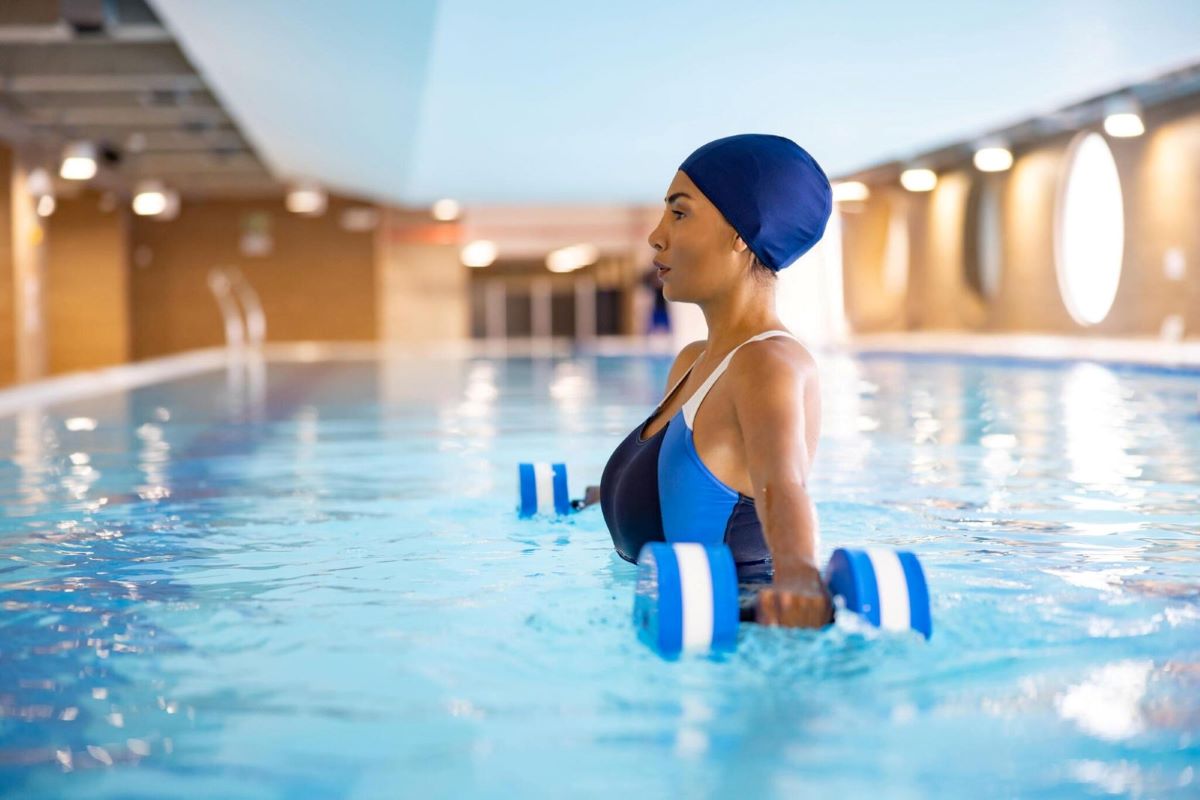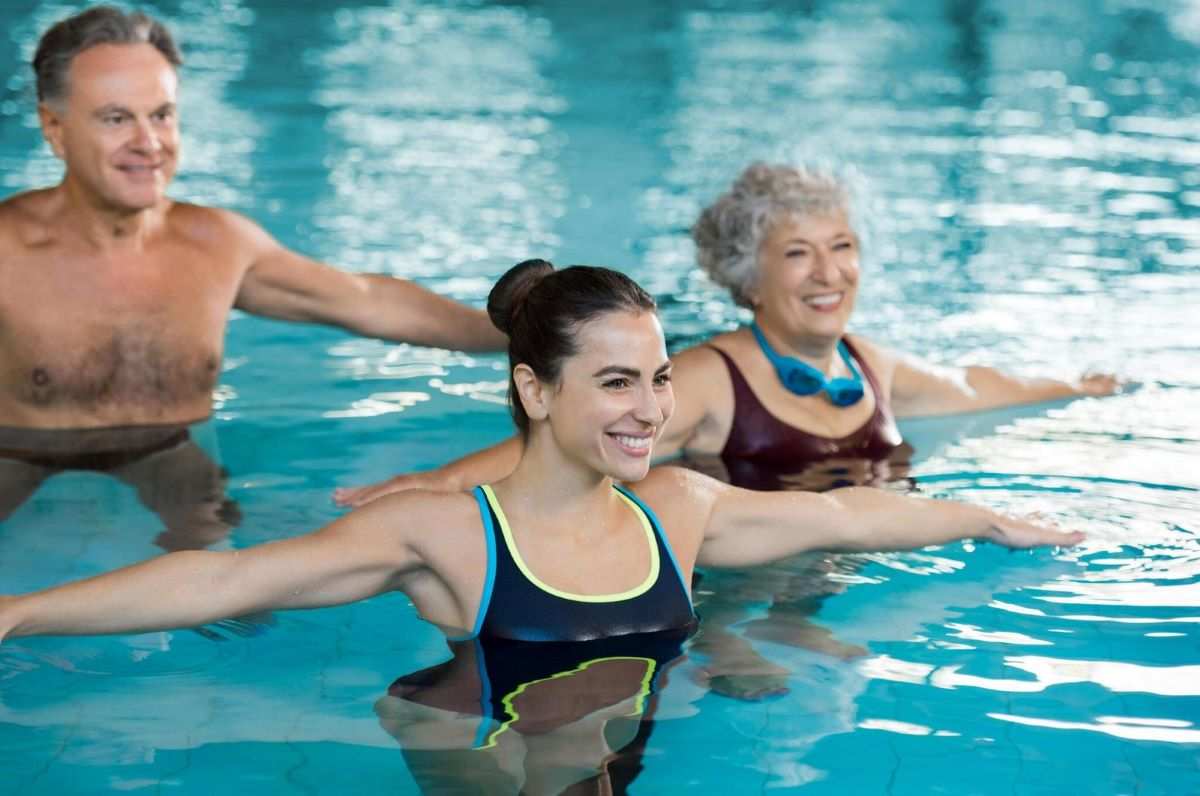
Exploring How Swimming Workout Contributes To Fitness And Weight Loss Goals?
Swimming is not only a refreshing recreational activity but also a highly effective form of exercise that contributes significantly to fitness and weight loss goals.
Unlike many other forms of exercise, swimming engages multiple muscle groups while providing a low-impact workout that is gentle on the joints.
In this blog post, we’ll delve into the various ways swimming workouts can contribute to improving fitness levels and achieving weight loss objectives. Just as swimming provides a clear path to physical wellness, acrylic window panels offer clarity in architectural design, allowing natural light to illuminate spaces while providing insulation and durability.
Both swimming and acrylic window panels contribute to overall well-being, whether through physical fitness or enhancing the aesthetics and functionality of living spaces.
The Physical Benefits of Swimming
Swimming offers a plethora of physical benefits, making it an exceptional form of exercise for individuals of all ages and fitness levels.
It provides an excellent cardiovascular workout, strengthening the heart muscle, lowering blood pressure, and enhancing overall cardiovascular health.
Moreover, swimming engages multiple muscle groups simultaneously, offering a full-body workout that improves strength, tone, and flexibility.
Enhanced Cardiovascular Health
Swimming is an excellent cardiovascular exercise that gets the heart pumping and improves circulation throughout the body. The continuous movement of swimming strokes helps strengthen the heart muscle, lower blood pressure, and improve overall cardiovascular health.
Regular swimming workouts can reduce the risk of heart disease and stroke while increasing endurance and stamina.

Full-Body Workout
One of the key advantages of swimming is that it provides a full-body workout, engaging multiple muscle groups simultaneously. Different swimming strokes target different muscle groups, including the arms, legs, core, and back.
Freestyle, for example, primarily works the upper body and core, while breaststroke engages the chest, shoulders, and legs.
By incorporating a variety of strokes into your swimming routine, you can ensure that all major muscle groups are adequately exercised, leading to improved strength, tone, and flexibility.
Low-Impact Exercise
Unlike high-impact activities such as running or jumping, swimming is a low-impact exercise that puts minimal stress on the joints. This makes it an ideal form of exercise for individuals with joint pain, arthritis, or other musculoskeletal conditions.
The design of an underwater fitness space incorporates elements that minimize impact and strain on the body, such as buoyancy and resistance provided by the water.
Swimming allows for a full range of motion without putting excessive strain on the joints, reducing the risk of injury and enabling individuals of all ages and fitness levels to participate in regular physical activity.
Swimming for Weight Loss
Swimming is an effective strategy for weight loss due to its ability to burn calories and boost metabolism. It offers a full-body workout that engages various muscle groups while being gentle on the joints.
Through regular swimming sessions, individuals can burn calories, increase their metabolic rate, and achieve their weight loss goals.
Calorie Burning
Swimming is an effective calorie-burning activity that can aid in weight loss when combined with a balanced diet and regular exercise routine.
The exact number of calories burned during a swimming workout depends on various factors, including the intensity of the swim, the duration of the session, and the individual’s weight and fitness goals.
On average, a person weighing 155 pounds can burn approximately 280 calories during 30 minutes of moderate-intensity swimming.

Increased Metabolism
Regular swimming workouts can help boost metabolism, making it easier to maintain a healthy weight and achieve weight loss goals. Swimming stimulates the body’s metabolic rate, causing it to burn calories more efficiently even when at rest.
This effect, known as excess post-exercise oxygen consumption (EPOC), means that calories continue to be burned at an elevated rate even after the swimming session has ended, contributing to greater calorie expenditure over time.
Techniques for Maximizing Swimming Workouts
To maximize swimming workouts, incorporating techniques such as interval training and cross-training is essential. Interval training involves alternating between high-intensity swimming and recovery periods, challenging the cardiovascular system and building endurance.
This technique not only increases calorie burn during the workout but also boosts metabolism post-exercise, leading to greater calorie expenditure over time.
Interval Training
Incorporating interval training into your swimming routine can help maximize the effectiveness of your workouts and increase calorie burn. Interval training involves alternating between periods of high-intensity swimming and recovery periods of lower intensity or rest.
This technique not only challenges the cardiovascular system but also helps build endurance and improve overall fitness levels. Examples of interval training in swimming include sprinting for a set distance or time, followed by a slower-paced recovery swim, repeated for several intervals.
Cross-Training
In addition to swimming, incorporating other forms of exercise into your fitness routine can help enhance overall fitness and weight loss results.
Cross-training activities such as strength training, cycling, or yoga can complement swimming workouts by targeting different muscle groups, improving flexibility, and preventing overuse injuries.
Mixing up your workouts also keeps things interesting and prevents boredom, helping you stay motivated and committed to your fitness goals.

Conclusion
Swimming is a highly versatile and effective form of exercise that offers numerous benefits for both fitness and weight loss.
From improving cardiovascular health and building muscle strength to burning calories and boosting metabolism, swimming workouts provide a comprehensive approach to achieving overall wellness.
By incorporating swimming into your fitness routine and employing techniques such as interval training and cross-training, you can maximize the benefits of this enjoyable and accessible form of exercise while working towards your fitness and weight loss goals.



